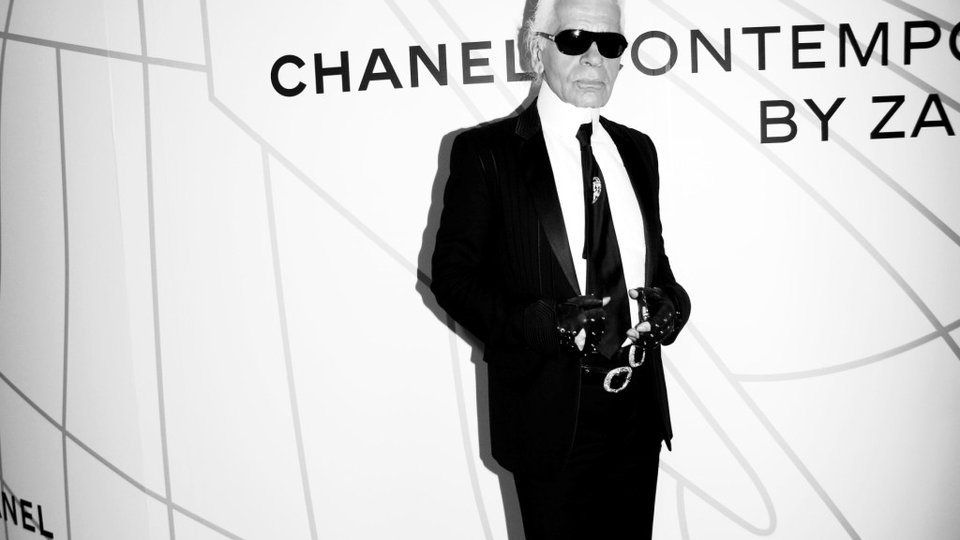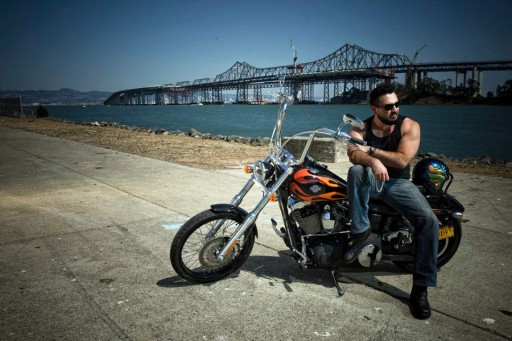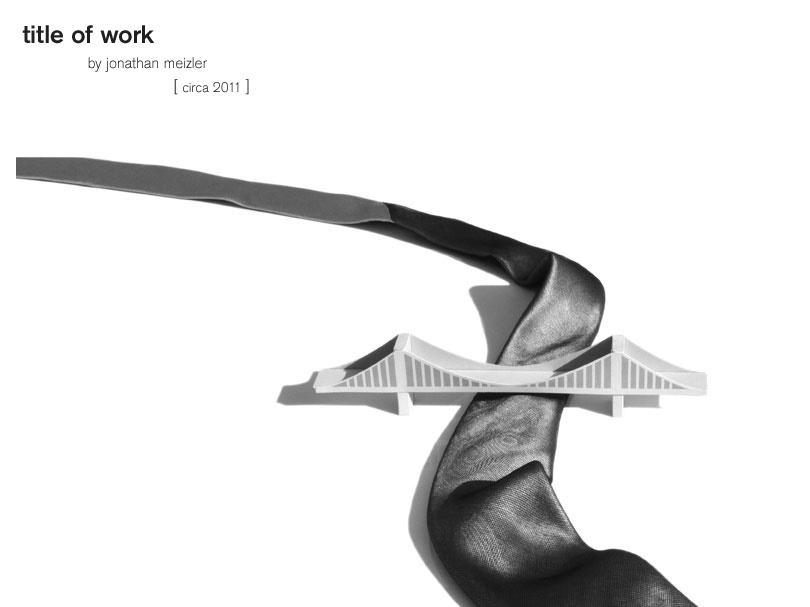
Rony Zeidan, founder & chief creative officer of RO New York Inc, explains how branding has evolved beyond just products and into the domain of personalities
Rony Zeidan, founder & chief creative officer of RO New York Inc, explains how branding has evolved beyond just products and into the domain of personalities
Living in New York city and traveling every year to Paris, Chicago, Los Angeles, Miami, Beirut and other exotic destinations, I find myself encountering brands everywhere. And when I say brands, I do not necessarily mean a company label that is associated with products. I mean a personality of some sort. Be it Louis Vuitton, Anna Wintour, Tom Ford, Ru Paul, or even Snooki.
There was a time when brands were stand-alone entities that relied on product and service to develop a following. As competition increased and consumers were presented with a plethora of choices, a new phenomenon started taking place called marketing and personality development (Otherwise known as storytelling). These stories generally took two different directions: one in which the main character is the creative leader of the brand, and the other in which the brand itself became the dream.
Thus, the essence of a brand became a hybrid of product, branding, and personality, that built up desire, need, and want in a consumer’s mind. Consider:
Personality Brands:
Louis Vuitton, Marc Jacobs
Chanel, Karl Lagerfeld
Hublot, Jean-Claude Biver
Philippe Starck
Viktor & Rolf
Brands with Personality:
Boucheron
Bvlgari
Goyard
Hermès
Asprey
The one thing that these brands have in common is that they all share the Holy Grail of success: State-of-the-art branding.

Kiehl’s US president, and increasing ‘face’ of the brand, Chris Salgardo
Branding is the driving vehicle to tell a story, be it about craftsmanship and the art of the ‘métier’, or the creators behind the brand and their inspirations, or even simple stories that evoked dreams and desires. Each of them manages to play on the human curiosity, which slowly transfers to interest, followed by loyalty, and culminating with addiction. Sometimes the line between all three gets a little blurred, and that’s just fine.
Thus all brands have to question the story they are telling in order to appeal to the right consumer. And a brand needs to develop that story and continue evolving it with time to constantly tap into the consumer’s curiosity and desires.
Continuously, I will draw observations on 2 companies I find to have defined a strong story to accompany their products and create interest both commercially and emotionally:
Kiehl’s is an interesting and unexpected case study. A niche brand that rapidly developed a fashionable following in it’s East Village Apothecary store over a decade ago, grew to reach a very broad audience and in the meantime developed a look and voice that is very synonymous with POP Art and an All American Biker twist. Take a look at the facebook page and you will notice an interesting character development behind the scenes… A certain bearded man named Chris Salgardo. He is the president of kiehl’s in the US, and embodies the brand and represents it in parallel with his lifestyle. The strong, bearded, soft hearted president is slowly becoming the face of the brand and in a way is the first for a brand in it’s category… could he be to Kiehl’s the way Lagerfeld is to Chanel?
“ branding is the driving vehicle to tell a story, designed to play on human curiosity, which transfers to interest, followed by loyalty & culminates in addiction ”
How important is the person behind the brand, versus the brand itself and the products it offers?
I have asked that question to the founder and creator of a new initiative called title of work by Jonathan Meizler. After being in the luxury fashion business for almost 2 decades, Meizler decided to start a new brand of men’s luxury items over a year ago, and put the first 6 months of his time and energy in branding the company instead of developing products.
He opted to tell a story off the bat by calling the collection “title of work” a term commonly used as an identifier for the name of an art piece. The result, a minimalist, beautifully crafted line of ties packaged with the language of art where the world of bespoke and couture meet. Barney’s New York is the first retailer to pick it up for the Fall season, and private collaborations with specialty stores are rolling in. The first being with OC concept store, premiering a custom program during watch week (April 11th).
However a brand chooses to present itself and communicate it’s story to it’s audience is up to them, although to be impactful, the story must resonate and manage to stand out with it’s unique personality and offer something new or a twist on something expected.

The homepage of Jonathan Meizler’s brand, Title of Work










